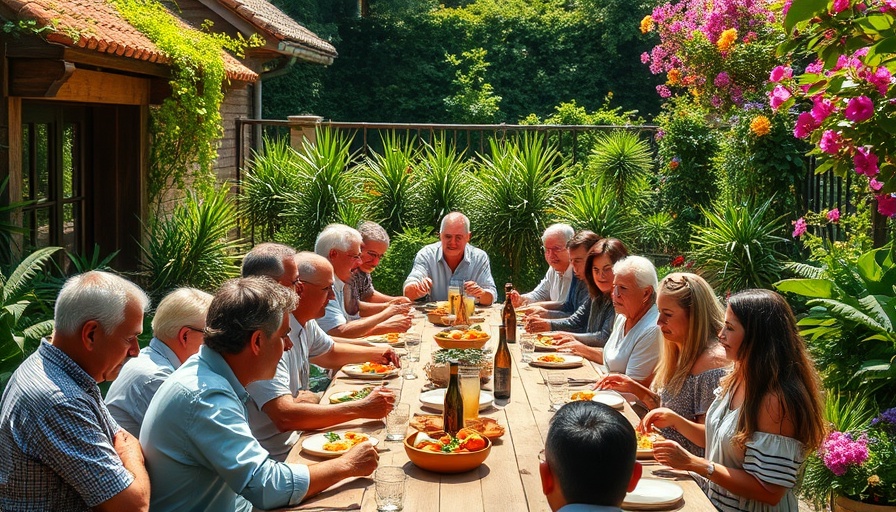
How Gardening Cultivates Community Connections
The act of gardening is inherently solitary, but its potential to build community is profound. In bustling neighborhoods or quiet suburbs, gardens can serve as bridges between people. When you dig into the soil, what you're really doing is digging into deeper relationships with those around you. Think of community gardens, plant swaps, and local gardening events as opportunities for not just growing plants, but also growing friendships and connections that can last a lifetime.
The Rise of Community Gardens
Community gardens have become a vital resource in urban areas, providing a communal space for growing food and fostering connections. The story of Christina Koether and Terry Cho in Weston, CT, exemplifies this movement. They transformed a vacant plot into a vibrant community garden, drawing volunteers who cultivated over 5,000 pounds of produce for local food pantries. This model encourages others to follow suit, especially in regions where public gardening spaces are limited. Establishing your own community garden could not only cultivate vegetables but also friendships among your neighbors.
Volunteer Power: Beyond Community Gardens
Not every communal gardening endeavor has to mean growing vegetables. Opportunities abound for volunteering in various public gardens, including botanical gardens, historical sites, and local parks. Engaging in volunteer work not only provides a sense of contribution but also introduces you to like-minded people who share a passion for nature. Whether it’s planting flowers, maintaining trails, or preserving historic gardens, these activities enable you to find purpose while creating new friendships.
Host Events and Swap Plants: A Gardening Social
For the more socially inclined, hosting events such as plant swaps can create excitement and bolster community ties. Organizer Susie Lee’s monthly plant swap in New York City highlights how simple events can transform into engaging social activities. Utilizing platforms like social media and local news can amplify your outreach, ensuring that your plant swapping gathering becomes a fixture in your community. Remember, it’s not just about trading plants, but trading knowledge, experiences, and stories that enrich the gardening community.
A Growing Movement: Seed Exchanges
Consider establishing a seed exchange program in your local area. These initiatives allow community members to share not only seeds but also gardening techniques and the cultural significance of their plants. Seed exchanges promote biodiversity in your gardens and create a platform for sharing gardening wisdom. They encourage participation across ages and backgrounds, fostering a sense of belonging among participants.
The Larger Impact of Gardening Initiatives
Creating connections through gardening extends beyond the backyard; it plays a crucial role in urban planning and community building. Local governments and organizations are increasingly recognizing the benefits of integrating green spaces into cityscapes, not only for environmental benefits but for social cohesion as well. By supporting community gardens and gardening initiatives, you contribute to a larger cultural shift that recognizes the fundamental role of nature in human interaction and well-being.
Get Involved: Actionable Steps
To truly harness the power of gardening in your community, start with small steps. Join a local gardening club, volunteer in public green spaces, or create your own gardening events. These actions not only enrich your life but also the lives of those around you. The sense of camaraderie built through shared interests in gardening can lead to initiatives that enhance your neighborhood as a whole.
As we continue to grapple with the complexities of modern life, the notion of community can feel distant. However, the simple act of digging a hole in the ground can pave the way to meaningful connections. Take those first steps and see what blossoms in your community!
Call to Action: Whether you're a novice gardener or a seasoned green thumb, consider taking action by participating in or organizing local gardening initiatives. Your efforts can help transform your neighborhood into a thriving community!
 Add Row
Add Row  Add
Add 




Write A Comment